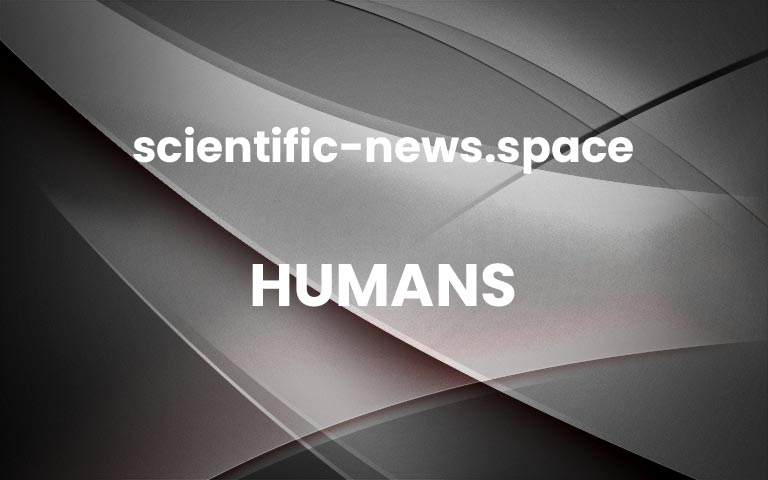By Clare Wilson
A cell sample being pipetted into a multiwell plate containing growth nutrient mediumAndrew Brookes/Getty Images
A girl who was critically ill with heart failure is doing well after receiving an experimental treatment made from umbilical cord stem cells, in the first case of its kind.
The girl, from Germany, has an inherited form of pulmonary arterial hypertension. Defined as high blood pressure in the arteries of the lungs, this meant the blood vessels of her lungs were malformed, which leads to progressive and usually fatal heart failure. Now 6, doctors recommended she have a lung transplant at 3 years old, a procedure that is usually carried out on children who have less than a year to live.
In the experimental treatment, Georg Hansmann at Hannover Medical School in Germany and his colleagues harnessed stem cells from the umbilical cord of the girl’s sister, which her parents gave permission to be frozen.Advertisement
The cells were grown in a dish. Periodically, the nutrient liquid they were bathed in was changed and the old liquid was stored. Three years ago, once enough liquid had accumulated, it was infused into blood vessels in the girl’s lungs and heart over six months.
The girl, who was previously breathless at rest and could only walk slowly, gradually improved over the following months. She now has no limitations in her exercise capacity. She also grew 10 centimetres taller within the first three months of treatment, having previously had no growth in height or weight in the preceding year.
Many measurements of her heart and lung function have also shown improvements. However, she still has high blood pressure in her lungs and may need further treatment, says Hansmann.
Stem cells have the potential to grow into different kinds of tissue and are being tested in many experimental treatments, for instance for kidney or liver failure. They can be obtained in small quantities from various parts of the body and made in the laboratory from ordinary skin cells.
Stem cell treatments usually involve putting the cells into someone’s body, which can cause immune reactions. In the girl’s case, the cells weren’t transplanted, but were grown in a dish, where they released biochemicals into the nutrient liquid they were bathed in. It is these biochemicals that seem to promote the healing of other tissues.
The girl’s treatment used mesenchymal stem cells, which are involved in the making and repairing of skeletal tissues. These cells were previously tested as a way of repairing heart muscle damaged by heart attacks, but didn’t lead to lasting benefits and studies found no trace of the transplanted cells in the heart muscle.
But some recipients had short-term improvements, suggesting that the cells released signalling chemicals that promote healing, an idea supported by various animal studies.
The team behind the girl’s treatment hasn’t yet carried out imaging procedures to visualise the blood vessels in her lungs. These procedures can be risky, particularly given her condition.
The girl also received two standard medicines for her condition before the stem cell treatment, which may have contributed to her improvement, says Martin Wilkins at Imperial College London.
When Hansmann’s team investigated samples of the stem cell liquid the girl received, they found high levels of several biochemicals that are thought to promote healing and regeneration, while suppressing inflammation, including prostaglandin E2.
This biochemical tends to be rapidly broken down in the body, so other unknown compounds may be having an effect, says Wilkins. “This is not a treatment we can rush out to other patients until we better understand the mechanism,” he says.
“There does appear to have been an improvement both in her biochemical [measurements] and in her functional capacity. It’s reasonable to assume there’s something going on here that’s of interest.”
Journal reference: Nature Cardiovascular Research, DOI: 10.1038/s44161-022-00083-z
More on these topics: More


